Theresienstadt is not only a fortress with a turbulent past. It is also a town that hides countless unnoticed corners. Narrow courtyards, old arcades, abandoned rooms with crumbling plaster – places where time seems to have stopped, and where every stone carries its own story.
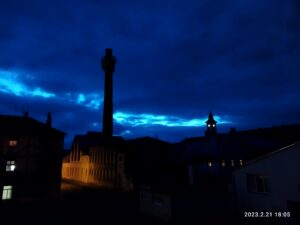
In these corners, you can stay for a while. Not in the ordinary sense of living, but in the sense of pausing, listening, and allowing yourself to become part of a space that holds the memory of generations. Windows look out onto courtyards once filled with voices, alleys breathe with dampness, and through the bricks seeps history.
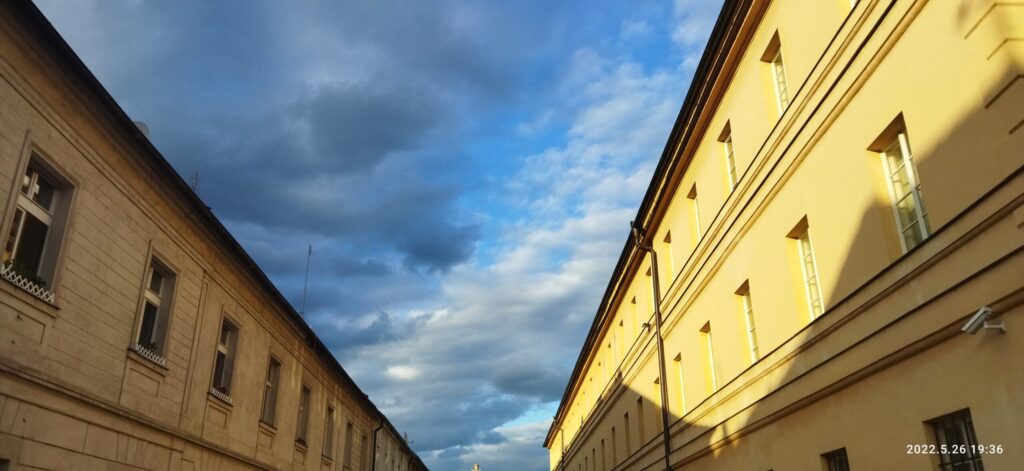
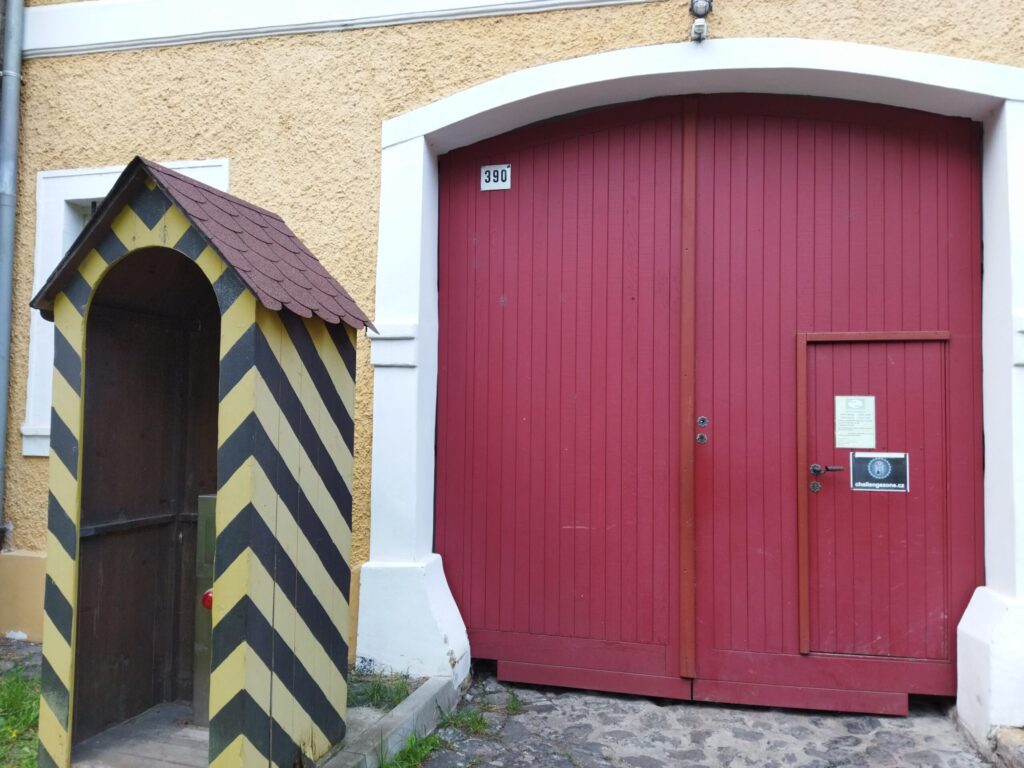
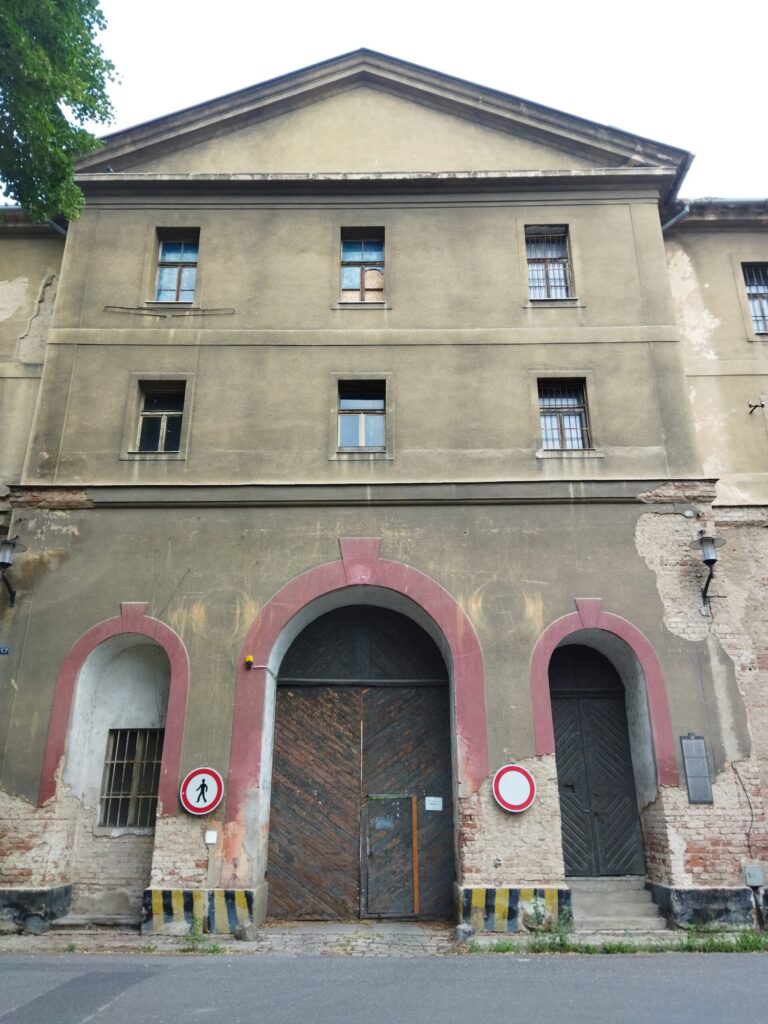
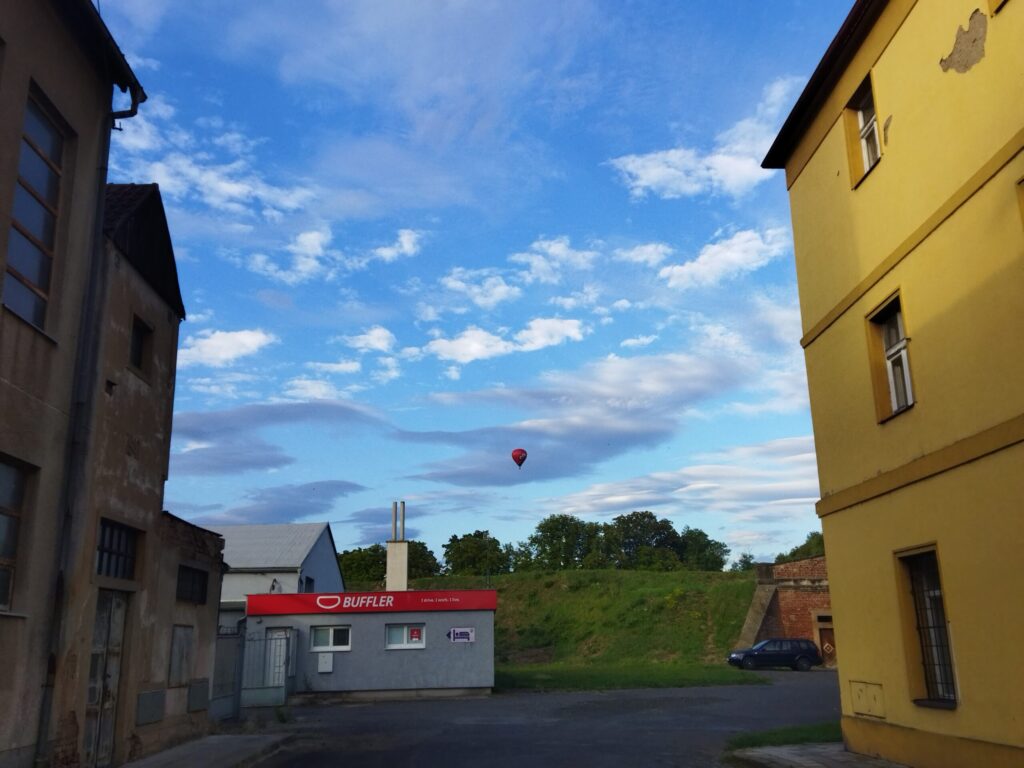
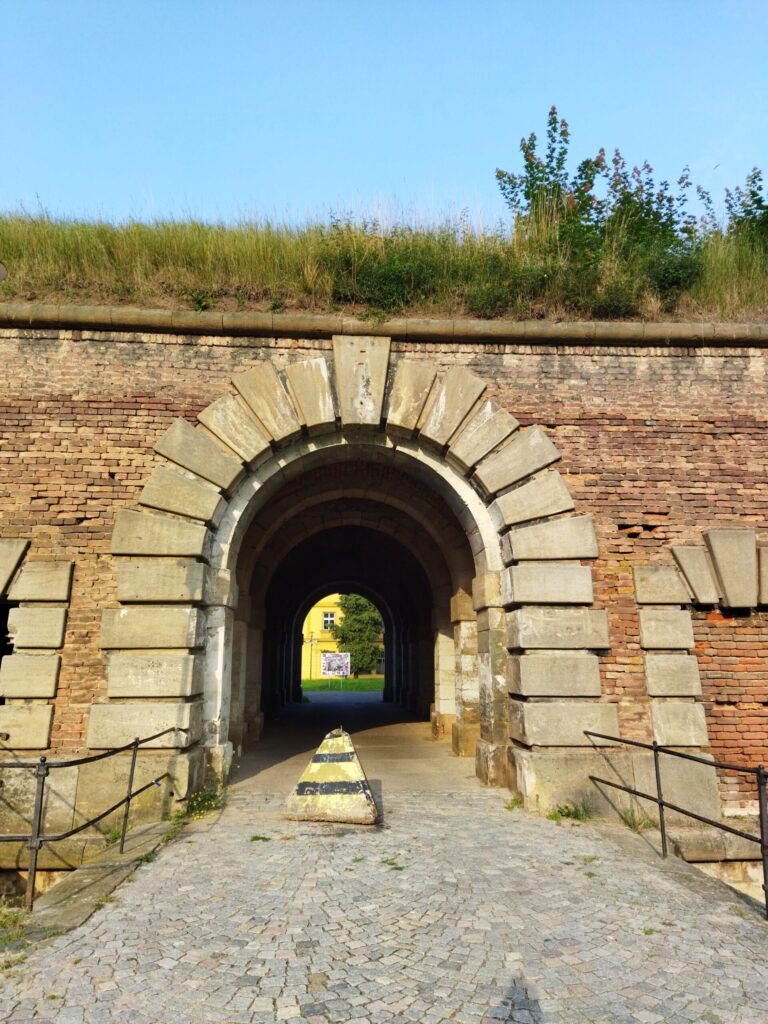
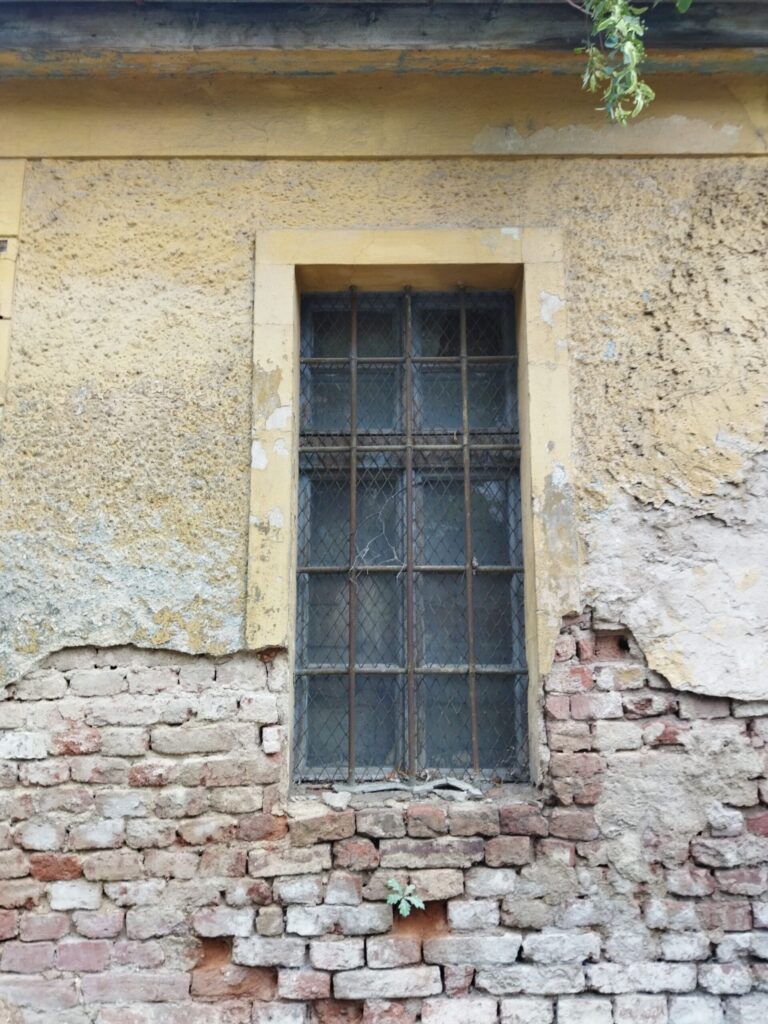
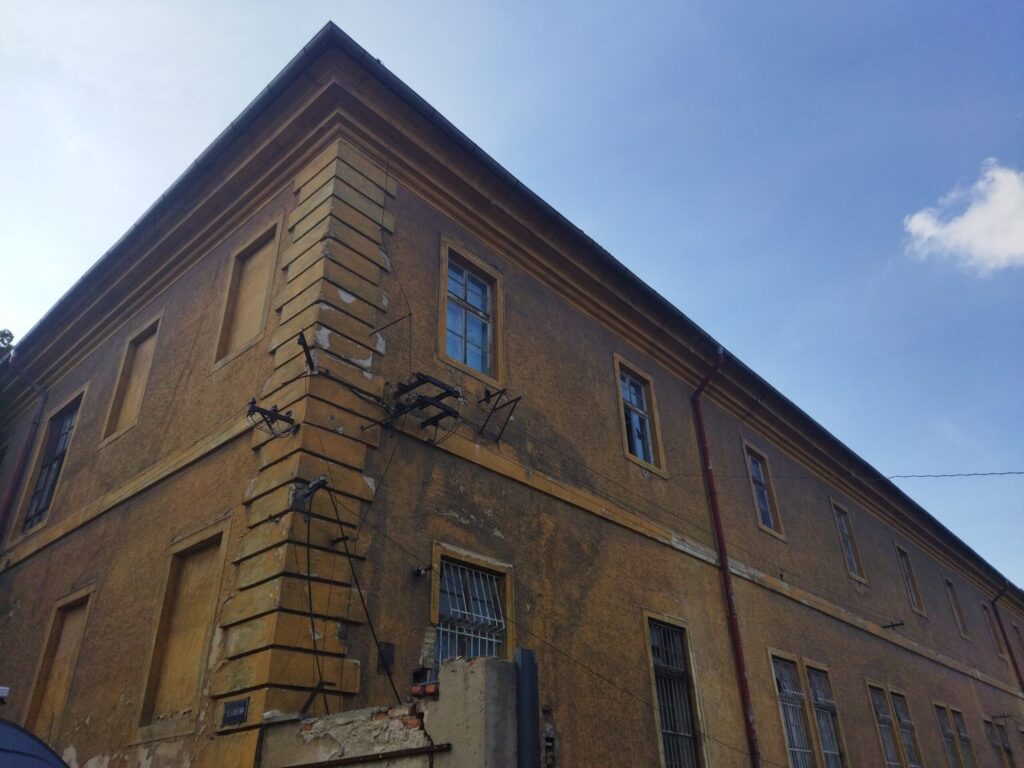
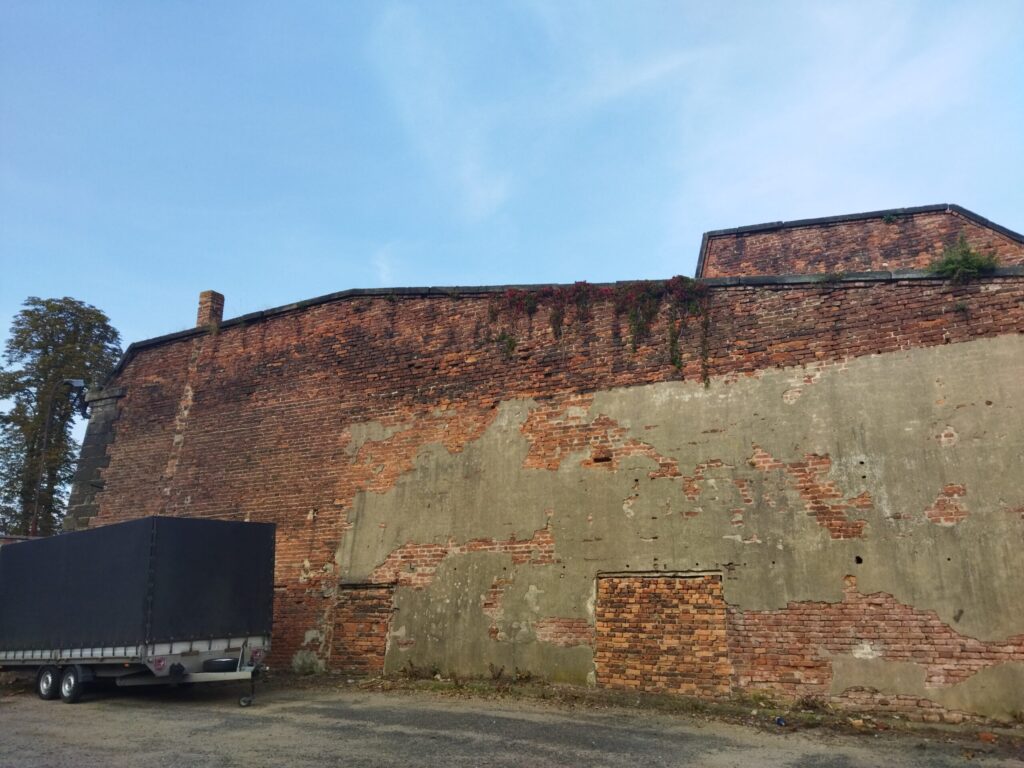
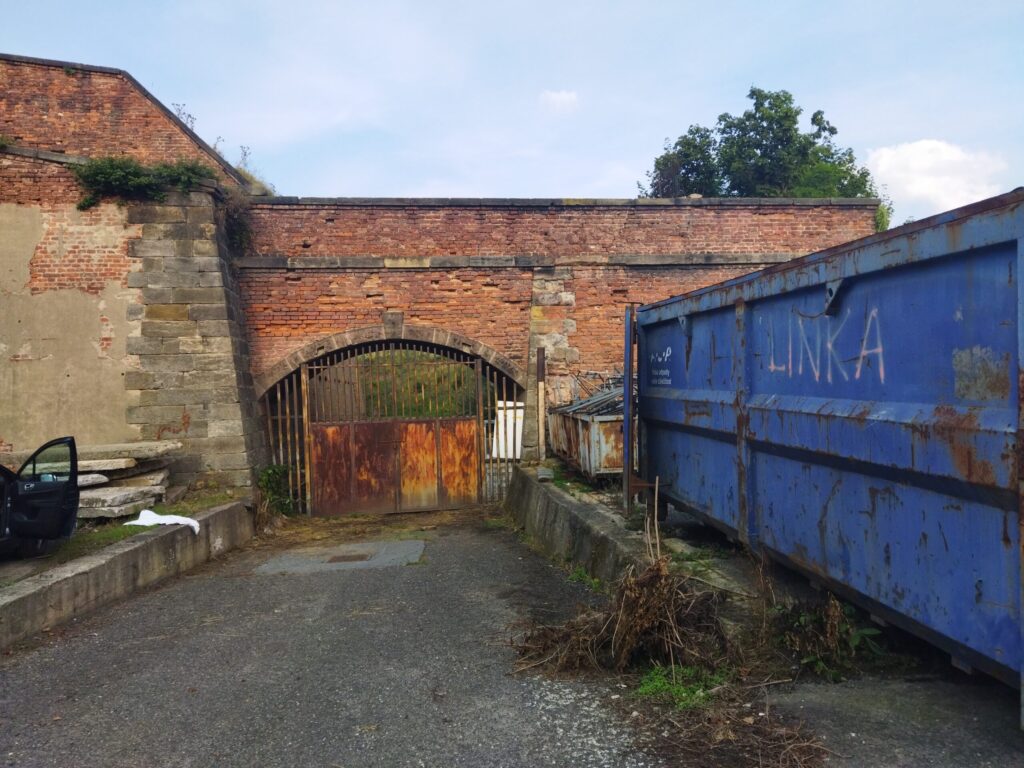
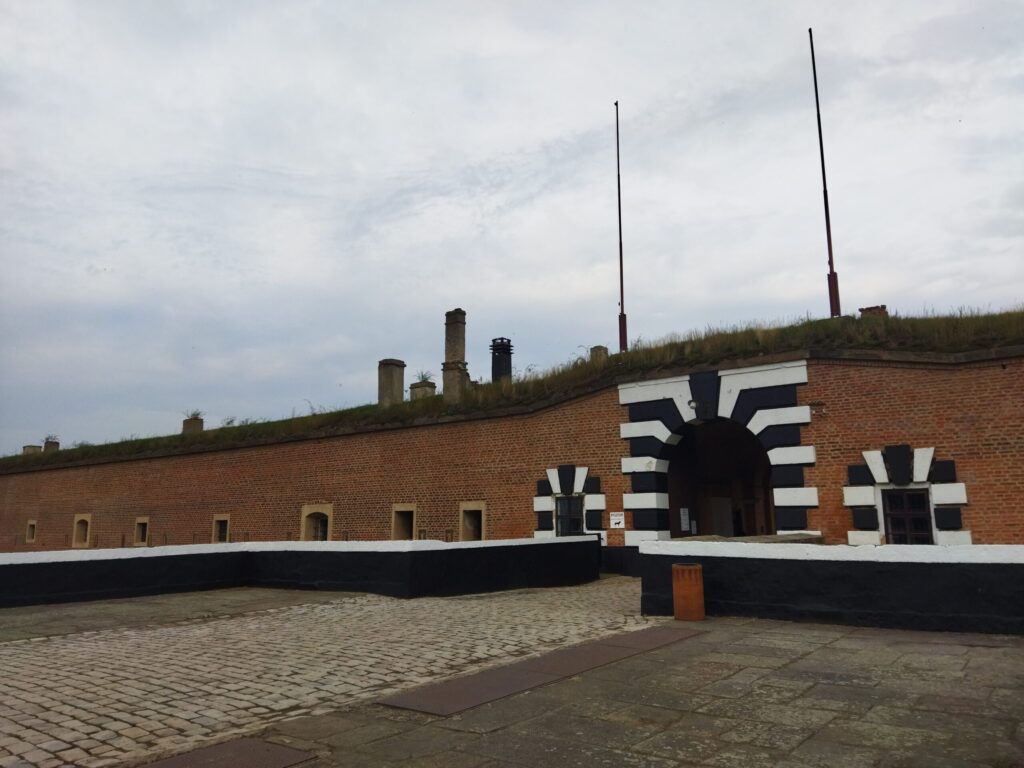
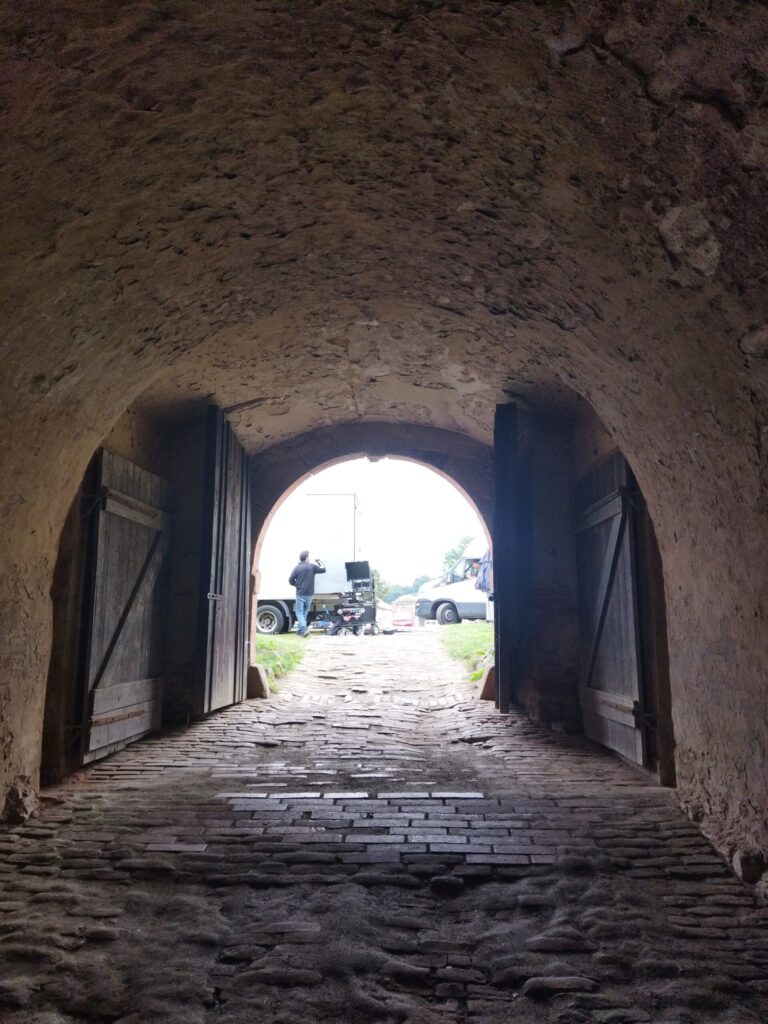
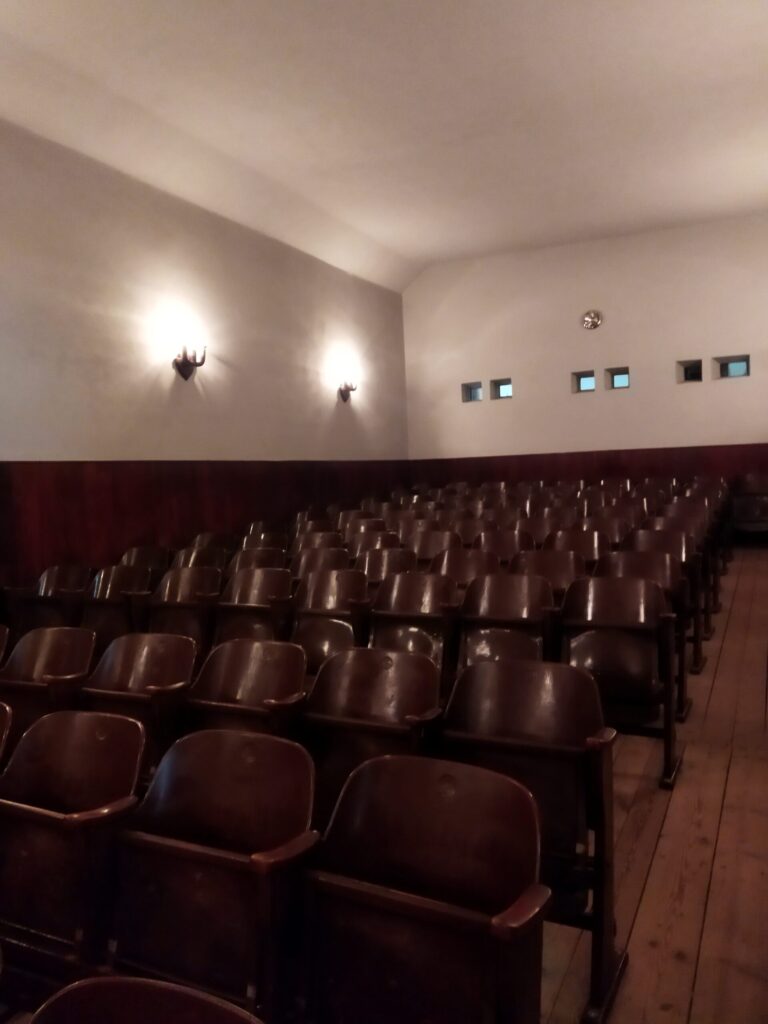
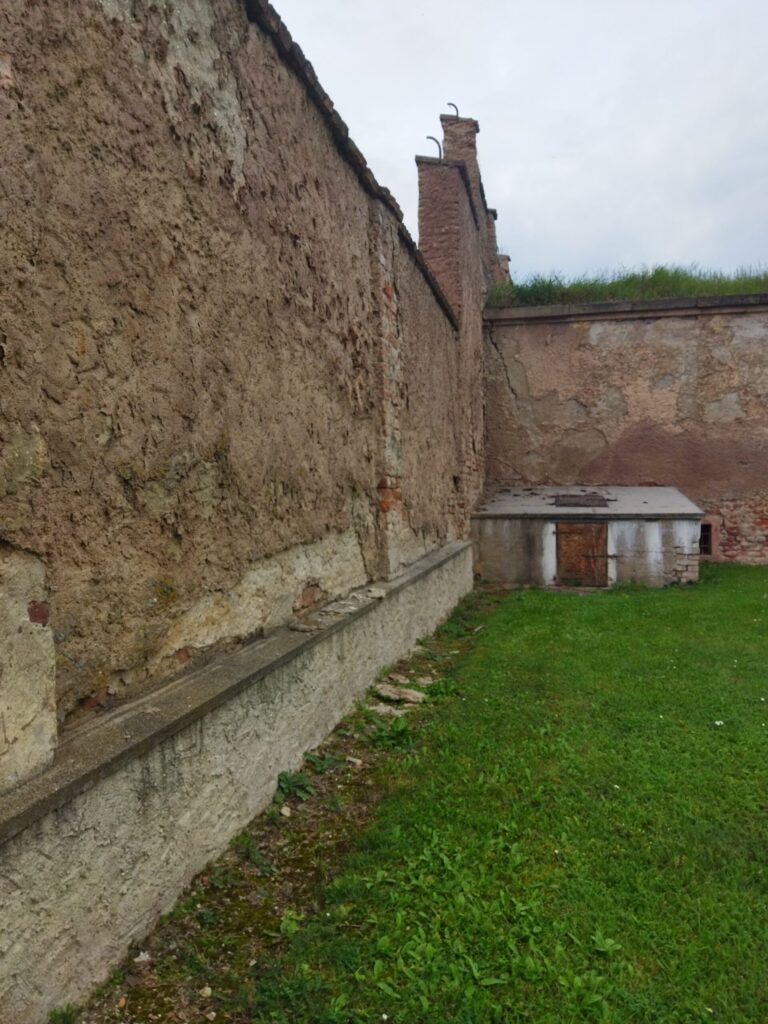
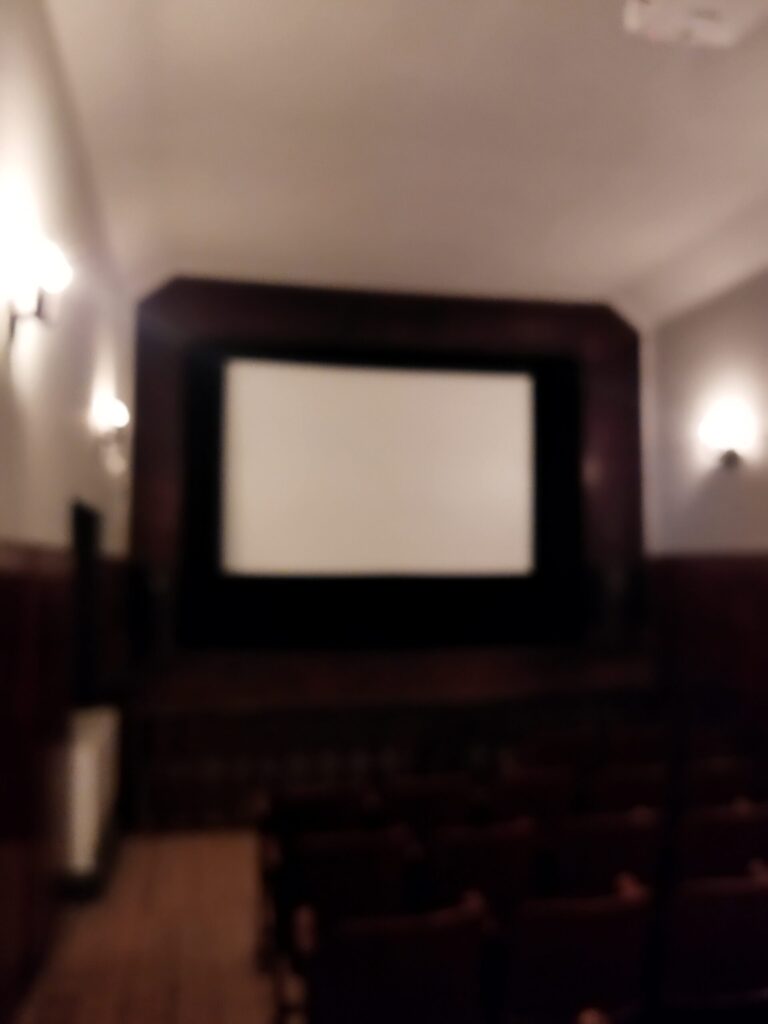
Living in the corners of Theresienstadt is neither comfortable nor luxurious. It is more of an exercise in humility. A chair, a small table, and a moment of silence are enough to let yourself be surrounded by the atmosphere. And in that silence, you realize that Theresienstadt is not only a symbol of suffering but also a place where life still pulses – in the details, in the architecture, in the small traces that remain.
Those who let themselves be guided by these corners may find something missing elsewhere: a special calm, a touch of the past, and the chance to see the town not as a museum but as a living organism, where history and the present overlap.
aThe corners of Theresienstadt are an invitation to stop. And perhaps also to “stay” there for a while – in a time that flows more slowly, in a space where the present bows before the past.
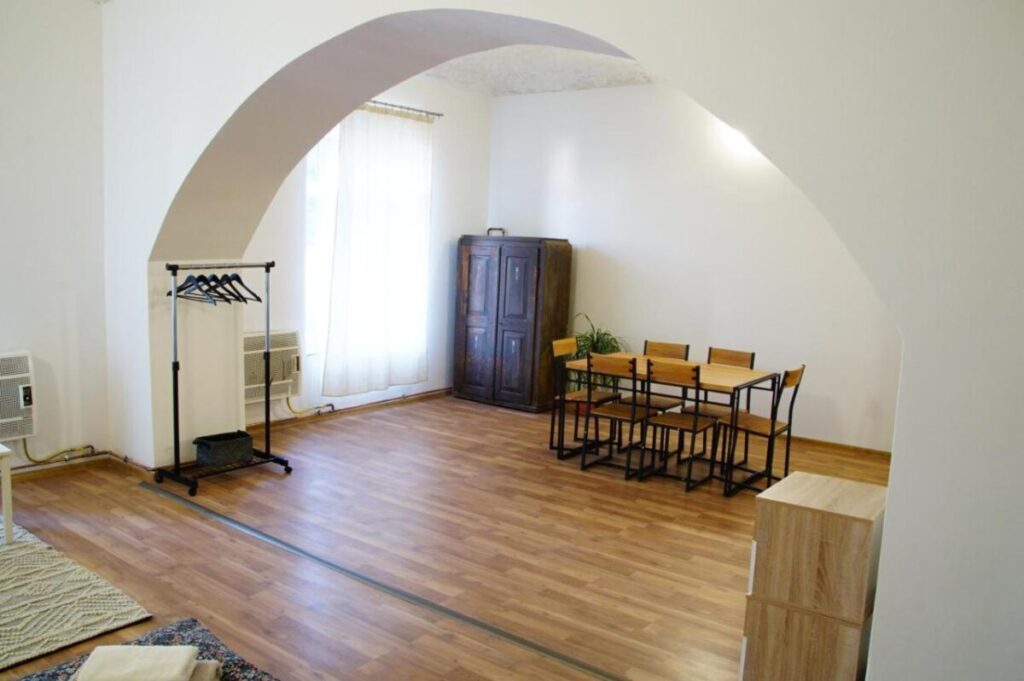
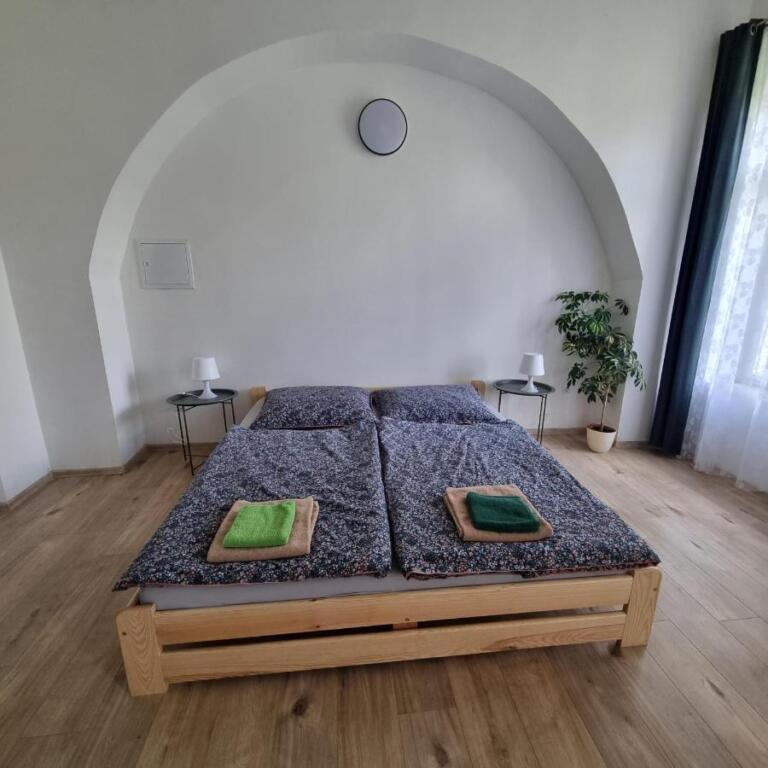
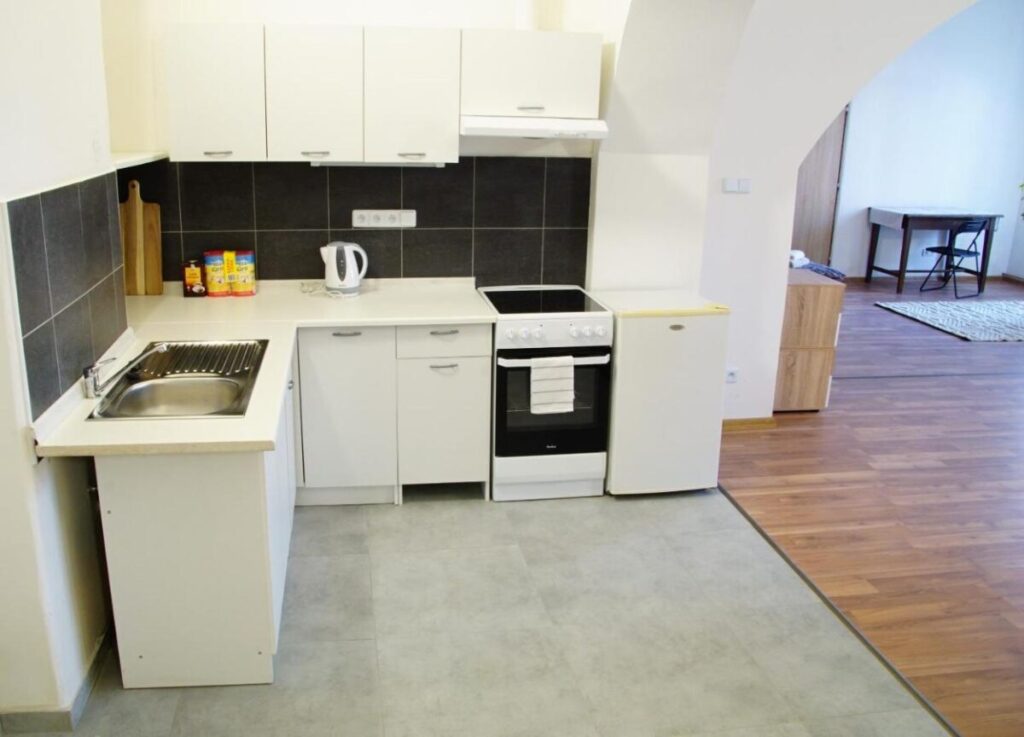
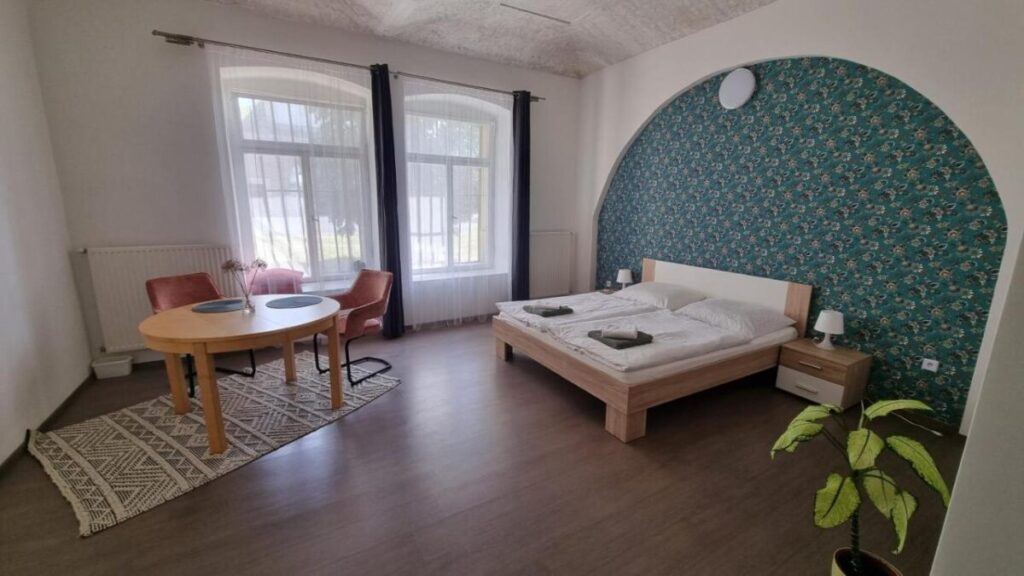
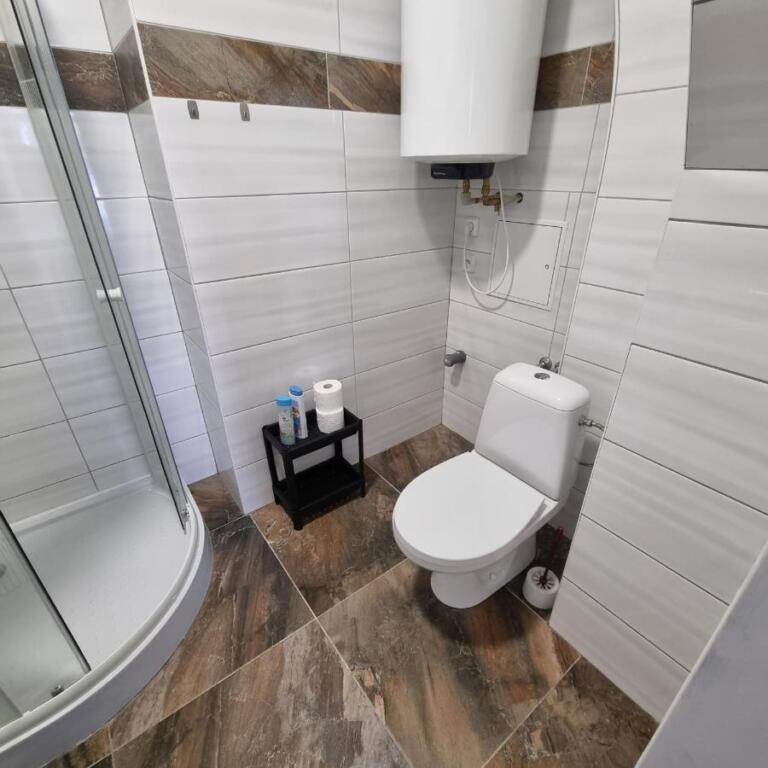
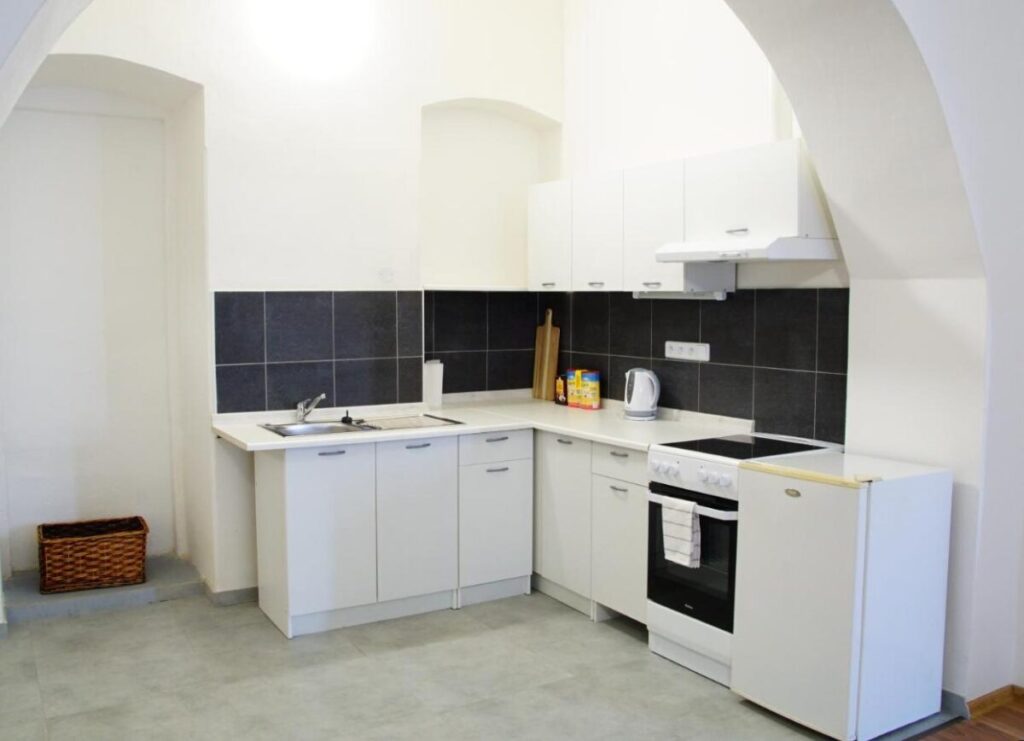
Napsat komentář